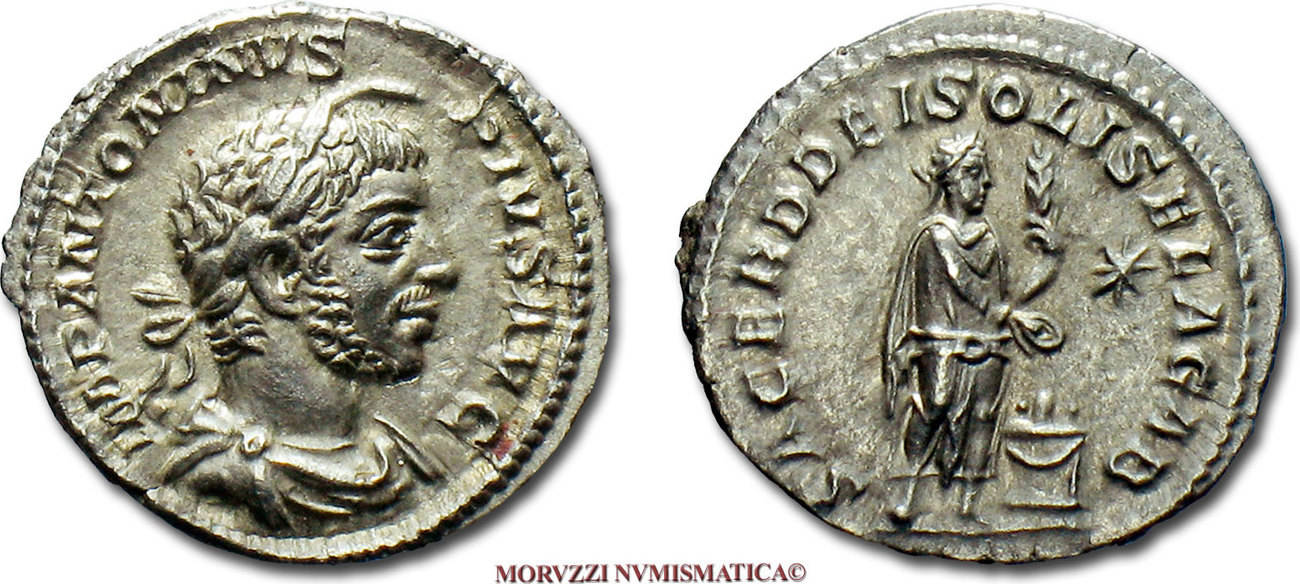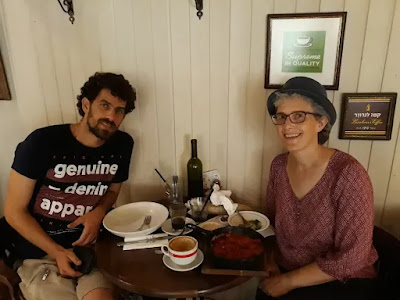Trump, Or Anarchist Crowned? Part I
Trump, Or Anarchist Crowned?
Part I: Chaos, order, panic
Heliogabalus, Trump
As there was around the cradle of Artaud’s Heliogabalus a heavy flow of sperm, there was around Donald Trump’s cradle a heavy flow of disjointed information fragments. Information fragments of binary value: worth zero, losers, and so mere wasteful excrement unless combined and made to thrum in profitable collection.Then, they were beautiful, winning gold. Reproduction, consumption and desire were allied to sex organs in Heliogabalus’s short life. In Donald Trump’s time, desire is allied to information combinatorics. Sperm still flows but what matters is how much it and other things combine to make worthless waste, the ugly excrement of life, or winning illustration for imitative consumption. Paralleling the structure of Artaud’s account in Heliogabalus, I write in this series of posts first of Trump’s family, then the context of his becoming, and, following these, enunciate the crowned anarchy in his presidency. More than a lament about transgressive leadership these days, I write to give new language to the relationship between leadership and authority.
Fragmentary information in the family
Trump’s grandfather Friedrich moved to Bennett, British Columbia during the turn of the century Klondike gold rush, where he built a lavish restaurant and brothel, the Arctic House. Hearing that a new mining town named White Horse was about to experience a gold rush, he decided to buy land there. But the facts did not add up: brothel-in-Bennett + land-in-White-Horse = loser. So, he put the brothel on a barge and moved it up river to the new property. Brothel in White Horse did indeed equal winning, and Friedrich used his proceeds to open up a restaurant and hotel in New York. The calculus of adding things up to make winning carries through two generations. In Donald’s childhood, a fancy house in middle class Jamaica Estates plus a car with vanity license plate plus jewellery and minks for mother Mary Anne all together meant that the Trumps were rich.
For Donald’s father, that calculus was constrained by a certain Golden Age capitalist prudence. Fred built on land he had previously bought. Beyond appearance, wealth for him meant savings, having money in the bank and not just the leverage to borrow. He cultivated relations with City officials, Mafiosi, etc. to make his building projects successful. His goals were inherently territorial, on land that had its own value. His business was of a clear geographic scope, coextensive with the outer Burroughs of Queens and the Bronx where he had social ties. His claim was a capacity to make saleable and rentable buildings, rather than a brand, and this was the success he wanted to project to his male heir.
The lesson that Fred Trump taught his two eldest sons was that unless one was a winner, one was a loser. They were born to be kings because he, Fred, was a winner, and as Fred’s sons they had a ‘natural,’ ‘genetic’ ability to be kings (Tarver, 2019a). If they failed to emerge as winners, then they would be losers. To be a winner was to be a king and a killer. If one was not these, then one was a loser. To be a loser was to be the refuse of the transactions the sons witnessed their father pursue, with business partners but also in Fred’s interactions with his sons themselves. These transactions resulted in winning or losing. To lose was to be entirely available for disrespect and abuse.
The obvious problem for Donald was that by dint of not being eldest son and heir to the family business, his proto-status as winner was particularly precarious and Donald grew in constant fear of being outed as a loser. So young Trump became angry, shouting to be heard, a bully. He would follow his father, whose attention was on Donald’s older brother Fred Jr., but he would not be privy to the elder Trump’s stories of exploits as fully formed tales. Donald would gather up the fragments of activities he was allowed to witness that somehow combined to make up his father’s success. A purchase of concrete here. A zoning approval there. But he remained angry. Never getting the whole stories that his father might have told his older brother, Donald had to piece together for himself the work his father did to make his family rich. The result was a frustrated, haughty child in constant fear of losing.
His bad behaviour could not be ignored and at thirteen, Donald was sent to military school where he came to understand, bodily, the regimented, inflexible hierarchy of state power (Tarver, 2019a). He realized his Whiteness, his ‘Scandinavian’ blond hair, his athleticism, his bottletop pout together were valued in this environment. There was a game of hierachization at the academy that could be played, and he played it well (Tarver, 2019a). The first-year victim of hazing would eventually become the institutionally respected bully. The squared-off raised lipped, open-mouthed rage of his early childhood gave way to a more placid, privileged pout. He now understood that there are more constant, genetic hierarchies that worked on a calculus of winners and losers and in those hierarchies he was innately well-placed. It worked. He was leader of the military school’s New York City parade. He returned home with sports trophies. By his college graduation day, in his gait, in his good looks, he thrummed winner.
By this time his father was ready to pass the business to his heir it was becoming apparent that his eldest son, Fred Jr. was turning out not to be a winner. Fred Jr.’s sensitivities had perhaps never put him at ease in his father’s binary household. He had buckled under the burden of being eldest son despite his good looks. A friend says it was his nervous energy. In any case, Donald returned from school gloriously (and with respect to his brother, viciously (Tarver, 2019a)) a winner and so Fred Jr.’s eventual descent into waste was all but predetermined (he died an alcoholic at age 43). Bypassing Fred Jr., Fred appointed Donald president of the Trump organization.


Comments
Post a Comment